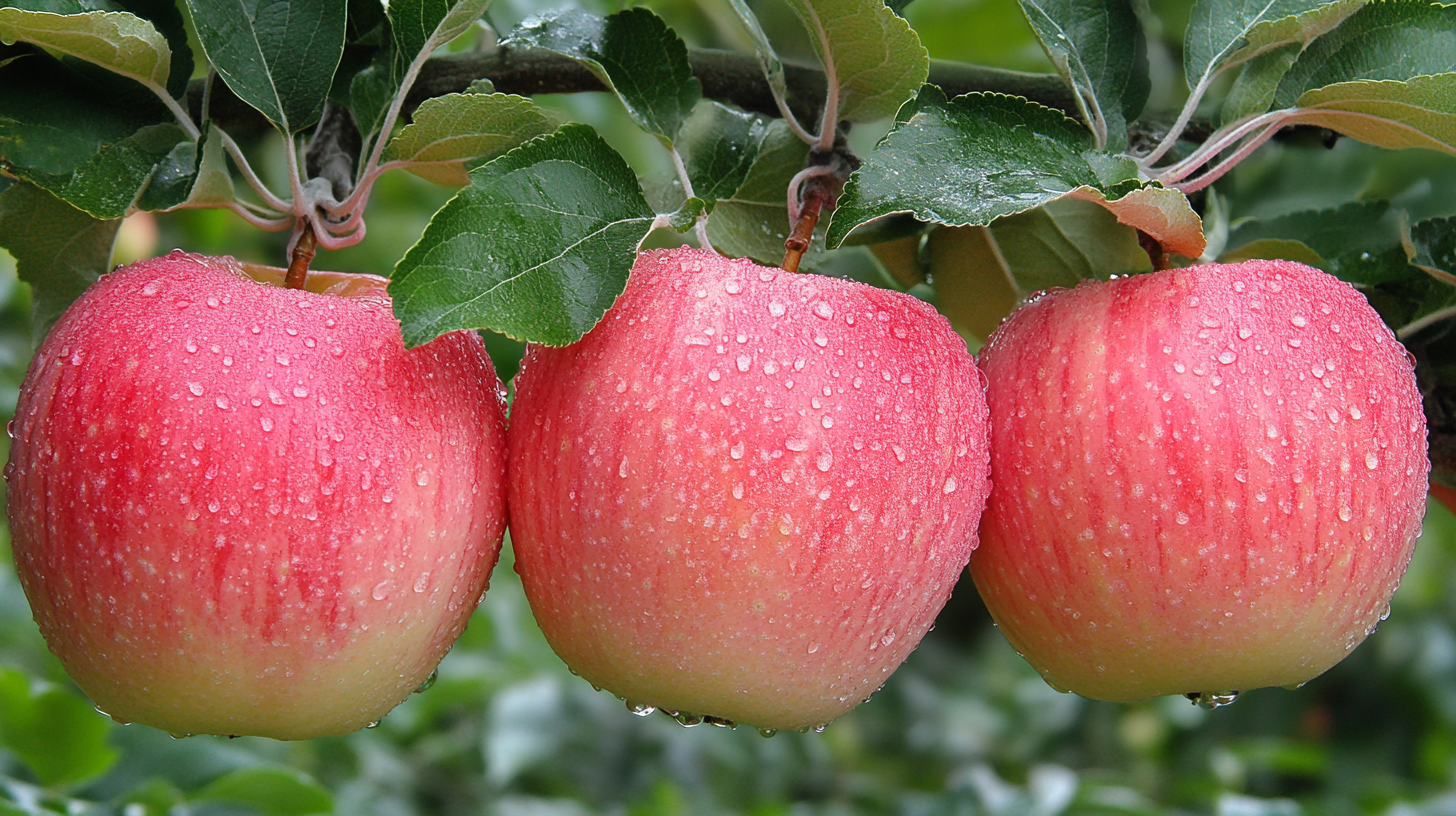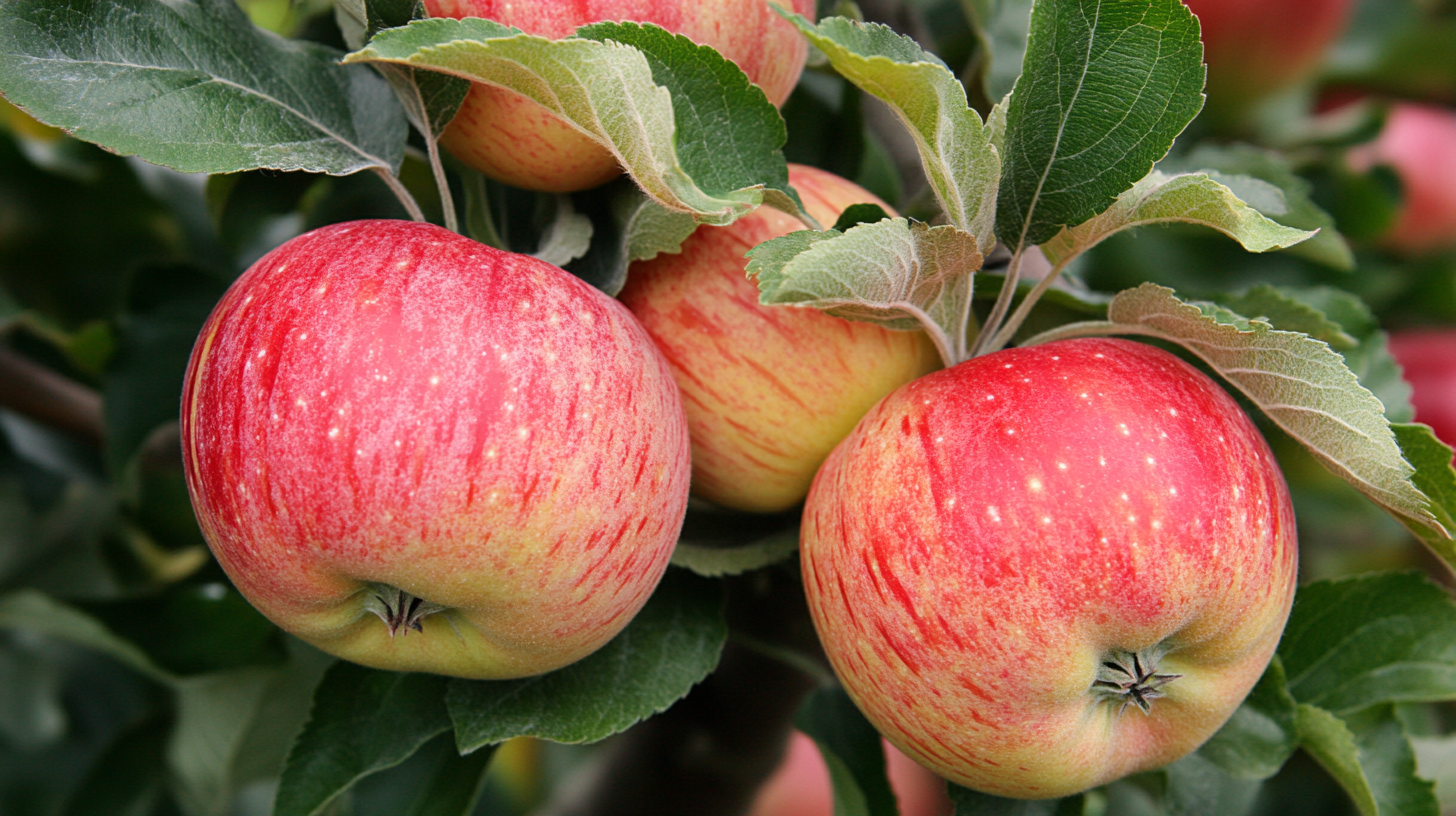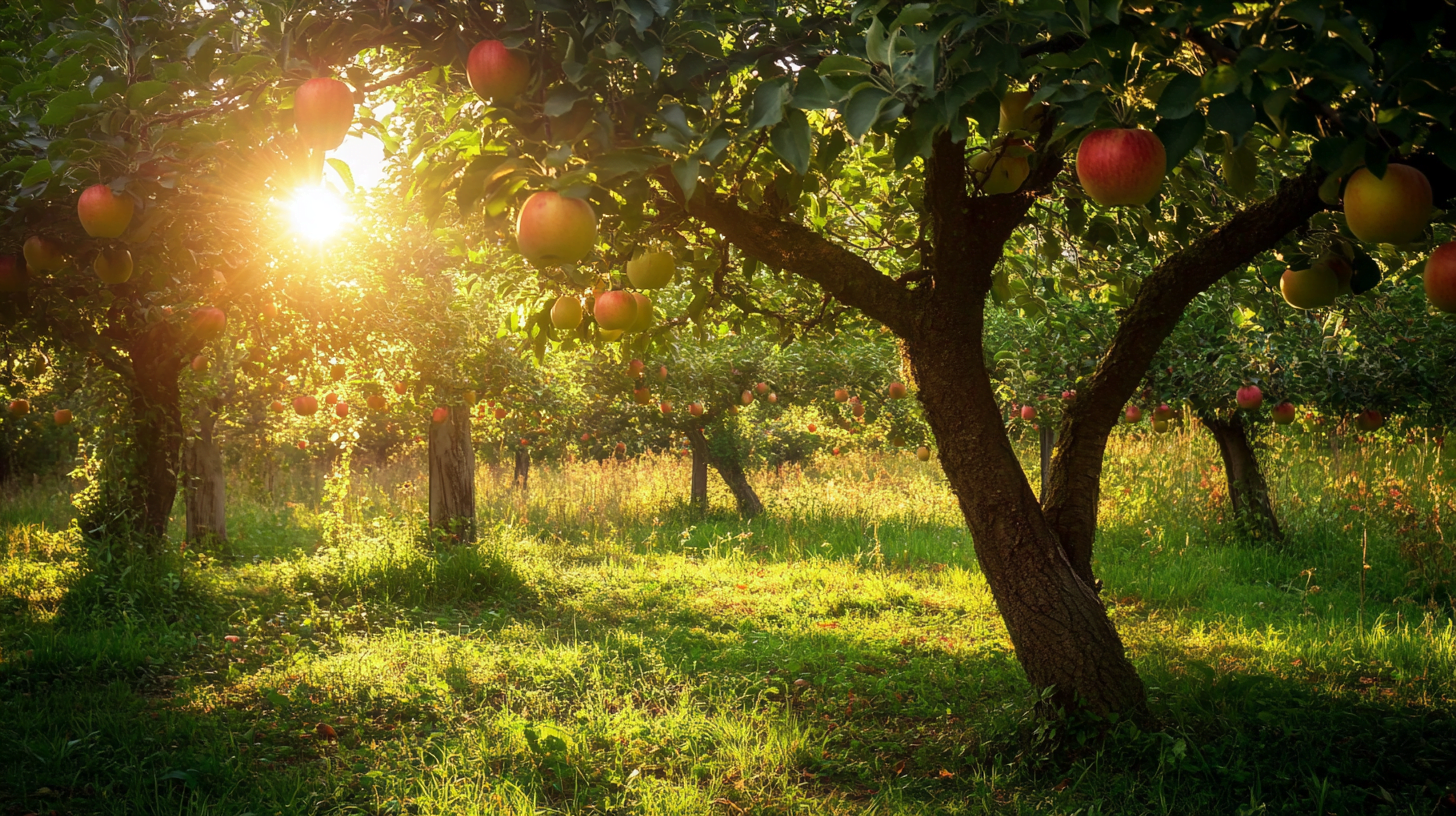Beautiful Plants For Your Interior
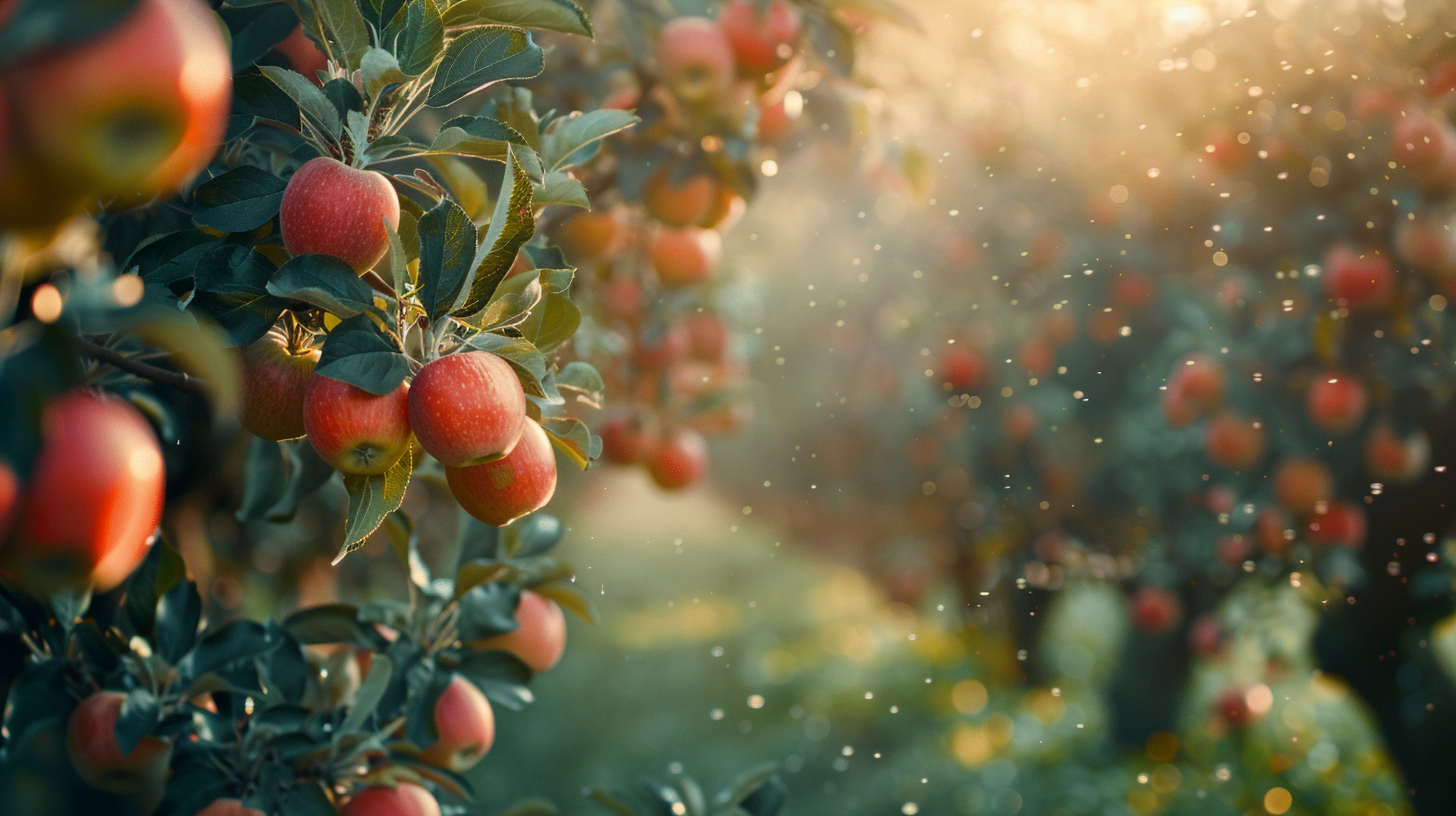
Table of Contents
Apple trees are a delightful addition to any garden, providing fresh, delicious fruit year after year. However, to enjoy a bountiful harvest, understanding how apple trees pollinate is crucial. This comprehensive guide will delve into the intricacies of apple tree pollination, covering everything from the basics to advanced techniques.
What is Pollination?
Pollination is the process by which pollen is transferred from the male reproductive organs (anthers) of a flower to the female reproductive organs (stigma). This transfer is essential for fertilization and the production of seeds. In apple trees, pollination is vital for fruit development.
How Does Pollination Work in Apple Trees?
In apple trees, pollination involves the transfer of pollen from the anther of one flower to the stigma of another. This process can occur within the same tree (self-pollination) or between different trees (cross-pollination). However, most apple trees are self-incompatible, meaning they require pollen from another tree to produce fruit.
Self-Pollination vs. Cross-Pollination
What is Self-Pollination?
Self-pollination occurs when pollen from the anthers of a flower fertilizes the pistil of the same flower or another flower on the same plant. While some plants are self-fertile, most apple trees are not. Self-pollination in apple trees is rare and usually results in poor fruit set.
What is Cross-Pollination?
Cross-pollination happens when pollen from one plant fertilizes the pistil of a different plant. This type of pollination is essential for apple trees as it promotes genetic diversity and improves fruit quality. Cross-pollination is typically facilitated by pollinators like bees, which transfer pollen between flowers as they collect nectar.
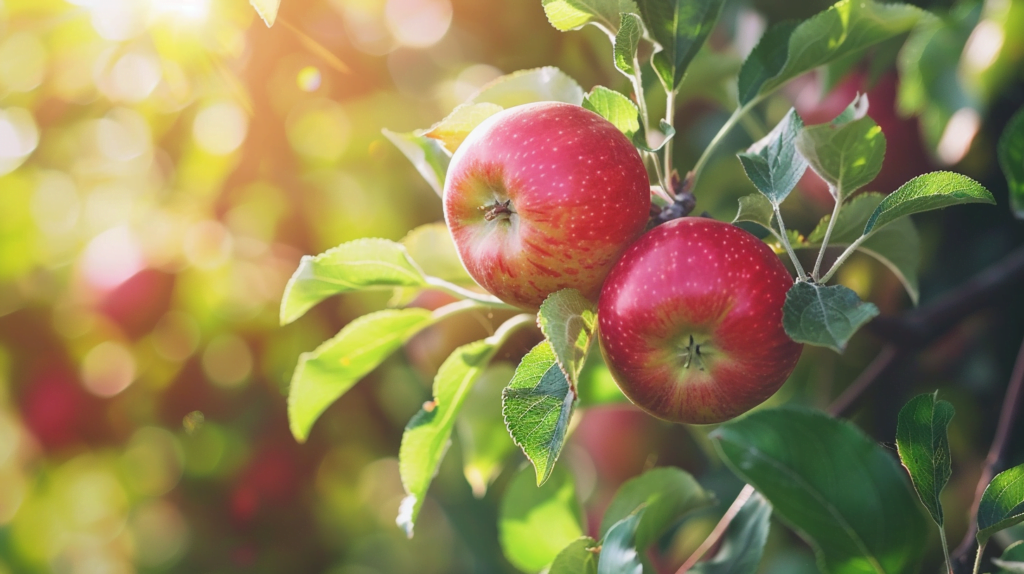
Do Apple Trees Need a Second Tree for Pollination?
Yes, most apple trees require a second tree for effective pollination. Planting different apple varieties that bloom simultaneously ensures successful cross-pollination. For example, a ‘Honeycrisp’ apple tree can be pollinated by ‘Golden Delicious’ or ‘Granny Smith’ trees.
Choosing the Right Pollinator Partners
What are Pollinator Partners?
Pollinator partners are different apple varieties planted near each other to facilitate cross-pollination. These partners must bloom at the same time to ensure that pollen is available when the flowers are receptive.
How to Select Compatible Apple Varieties?
When selecting pollinator partners, consider the bloom periods of the apple varieties. Early, mid, and late-season bloomers should be matched accordingly. Here are some examples of good pollinator partners:
- Early Bloomers: ‘Zestar’, ‘William’s Pride’
- Mid-Season Bloomers: ‘Golden Delicious’, ‘Granny Smith’
- Late Bloomers: ‘Braeburn’, ‘Fuji’
Understanding Bloom Periods
What are Bloom Periods?
Bloom periods refer to the specific times during the spring when apple trees flower. These periods are crucial for ensuring that pollinator partners are in bloom simultaneously.
How to Match Bloom Periods for Effective Pollination?
To match bloom periods, plant apple varieties that overlap in their flowering times. For instance, an early-season variety like ‘Zestar’ can pollinate an early-mid-season variety like ‘Chehalis’.
Environmental Factors Affecting Pollination
How Does Weather Impact Pollination?
Weather plays a significant role in apple tree pollination. Bees, the primary pollinators, are most active in warm, dry conditions. Cold, rainy, or windy weather can hinder bee activity and reduce pollination success.
The Role of Bees and Other Pollinators
Bees, including honeybees, bumblebees, and mason bees, are essential for apple tree pollination. They transfer pollen as they collect nectar, ensuring cross-pollination. Reducing pesticide use and planting bee-friendly flowers can help attract and support these vital pollinators.
Tips for Enhancing Apple Tree Pollination
Planting Strategies
- Optimal Spacing: Plant apple trees within 50-100 feet of each other to facilitate bee movement between trees.
- Arrangement: Alternate rows of different apple varieties to ensure cross-pollination.
Attracting Pollinators
- Plant Diversity: Include a variety of flowering plants that bloom at different times to provide continuous nectar sources.
- Nesting Sites: Provide nesting sites for bees, such as bee hotels or undisturbed soil areas.
Using Crabapple Trees
Crabapple trees are excellent pollinators due to their long flowering periods and abundant pollen. Planting crabapple trees near apple orchards can significantly enhance pollination.
Troubleshooting Pollination Problems
Why Isn’t My Apple Tree Producing Fruit?
Several factors can cause poor fruit set, including:
- Incompatible Pollinator Partners: Ensure that the apple varieties planted are compatible and bloom simultaneously.
- Poor Weather Conditions: Cold, rainy, or windy weather can reduce bee activity and pollination success.
- Lack of Pollinators: Attract more pollinators by planting bee-friendly flowers and reducing pesticide use.
How to Address Poor Pollination?
- Hand Pollination: Use a paintbrush or cotton swab to transfer pollen from one flower to another.
- Grafting: Graft branches from a compatible apple variety onto the tree to provide additional pollen sources.
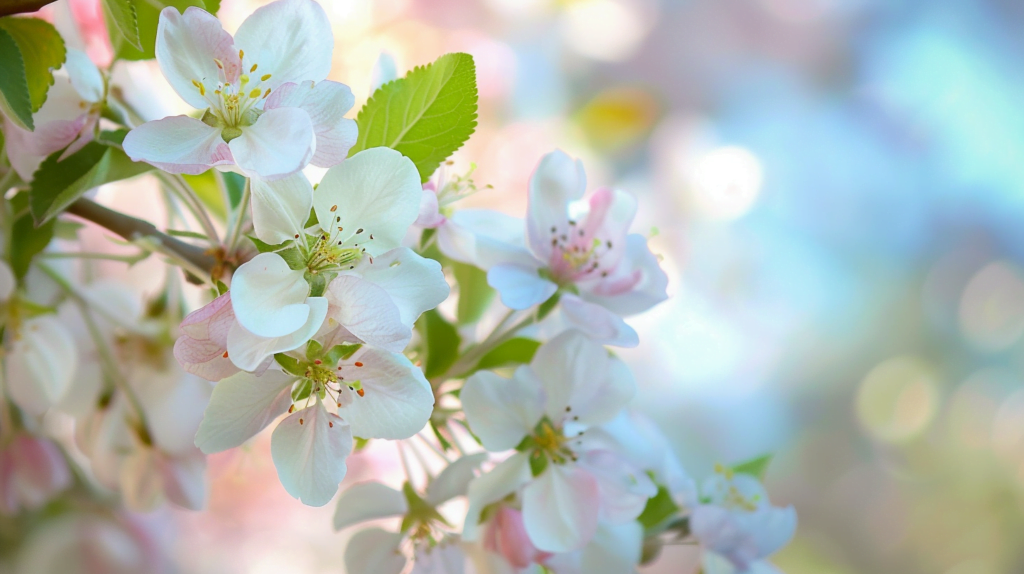
Advanced Techniques for Apple Tree Pollination
Grafting for Better Pollination
Grafting involves attaching a branch from a compatible apple variety onto the tree. This technique can enhance pollination by providing additional pollen sources directly on the tree.
Hand Pollination
Hand pollination is a manual method of transferring pollen using a paintbrush or cotton swab. This technique is useful in areas with limited natural pollinator activity or unfavorable weather conditions.
Summary and Final Tips
Understanding how apple trees pollinate is essential for a successful harvest. By selecting compatible pollinator partners, considering bloom periods, and supporting pollinators, you can ensure effective pollination and enjoy a bountiful apple crop. Remember to monitor environmental factors and be proactive in addressing any pollination issues.
Further Reading and Resources
- Pollination in Apple Trees and its Management – Temperate Farming
- Apple Pollination Chart – Food Forest Nursery
- Apple Tree Varieties & Pollinators Guide – Flowerland
Frequently Asked Questions
Can a Single Apple Tree Produce Fruit?
Most apple trees require cross-pollination from another variety to produce fruit. While some varieties are partially self-pollinating, they yield better with a pollinator.
How Far Apart Should Apple Trees Be Planted?
Apple trees should be planted within 50-100 feet of each other to ensure effective pollination by bees.
What Are the Best Apple Varieties for Pollination?
Good pollinator varieties include ‘Golden Delicious’, ‘Granny Smith’, ‘Honeycrisp’, and ‘Gala’. These varieties bloom at different times, ensuring continuous pollen availability.
By following these guidelines and understanding the pollination needs of apple trees, you can enjoy a thriving orchard and a plentiful harvest. Happy planting!
